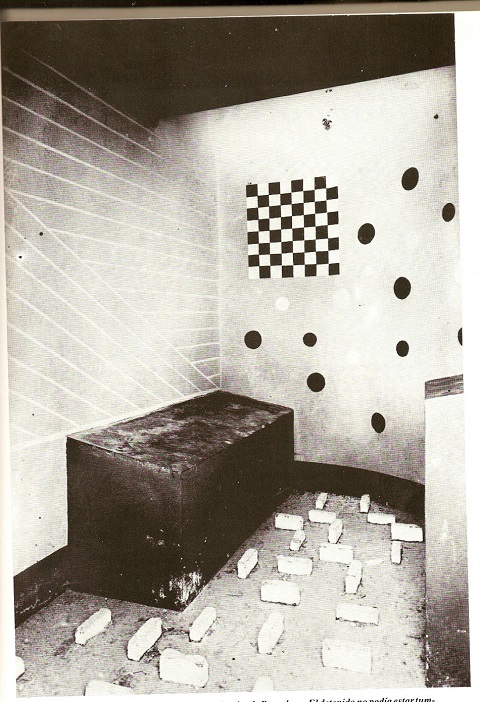
Voltaire, the clearest of Enlightenment thinkers wrote those words in his 1765 essay, “Questions sur les miracles.” And they resonate as much now, 250 years later, as they did then.
It is hard to live in a universe ruled by contingency and accident. It is soothing to speak of fate and destiny. Affective ambivalence, indecision, turmoil, emotional tumult, all take on a more bearable aspect if they are seen as subject to forces external to us, subject to external resolution–inevitably, inescapably. “What will be will be….” So too with misfortune. If an event which we would so much the more have wanted to forgo could just as well not have been, its occurrence, its having-been, cuts into us all the deeper, all the more terribly. So we speak of fate, of destiny.
The human impulse to construct narratives is a gift of imagination. But beware the seductive allure of plot and the delusion of comprehension.



